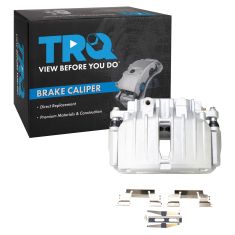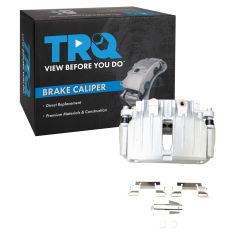1ABCR00070-Chevrolet GMC Cadillac Rear Driver Side Brake Caliper with Mounting Bracket TRQ CLA48263









Replaces
Chevrolet GMC Cadillac Rear Driver Side Brake Caliper with Mounting Bracket TRQ CLA48263





Product Reviews
Loading reviews
There are no reviews for this item.
Customer Q&A
No questions have been asked about this item.









